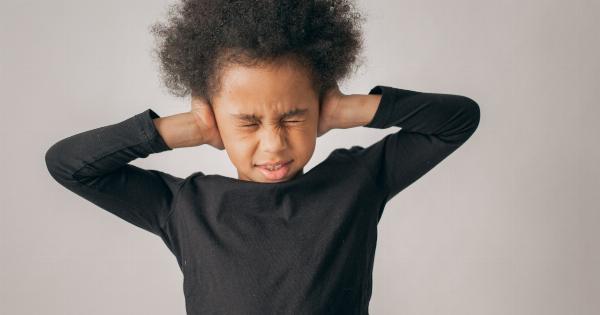As a parent, it can be frightening to see your child experience a head injury. Whether it’s a minor bump or a more serious incident, it’s natural to have concerns about the potential impact on your child’s health and well-being.
In this article, we will explore different types of head injuries in children and provide guidance on when to seek medical attention.
Types of head injuries
Head injuries in children can range from mild to severe, and it’s important to understand the different types and their potential implications.
1. Concussion
Concussions are the most common type of head injury in children. They occur when there is a sudden jolt or blow to the head, causing the brain to move inside the skull.
Symptoms of a concussion may include headache, dizziness, confusion, memory problems, and nausea. While most concussions are minor and resolve on their own, it’s essential to monitor your child for any persistent or worsening symptoms.
2. Skull fracture
A skull fracture is a break in one or more of the bones that make up the skull. This type of injury can occur from a significant impact to the head.
Signs of a skull fracture include visible abnormalities on the scalp or face, swelling, bleeding from the nose or ears, and a depressed portion of the skull. If you suspect a skull fracture, immediate medical attention is necessary to prevent further damage.
3. Intracranial hemorrhage
Intracranial hemorrhage refers to bleeding within the skull. It can occur as a result of a trauma or as a spontaneous event.
Symptoms vary depending on the location and severity of the bleeding but may include headache, vomiting, changes in behavior, seizures, and loss of consciousness. Any signs of intracranial hemorrhage require urgent medical evaluation.
When to seek medical attention
While not every head injury requires immediate medical attention, certain situations warrant a visit to the doctor or emergency room.
1. Loss of consciousness
If your child loses consciousness, even briefly, after a head injury, it’s crucial to seek medical attention right away.
Loss of consciousness can indicate a more severe brain injury, and prompt evaluation is necessary to ensure appropriate care and management.
2. Persistent or worsening symptoms
If your child experiences ongoing or worsening symptoms after a head injury, it’s essential to consult a healthcare professional.
Symptoms to watch out for include severe or prolonged headache, repeated vomiting, difficulty walking or talking, vision problems, and behavior changes.
3. Bleeding from the nose, mouth, or ears
Any bleeding from the nose, mouth, or ears following a head injury should be evaluated by a medical professional. It may indicate a skull fracture or intracranial bleeding, both of which require immediate attention.
4. Abnormalities on the scalp or face
If you notice any visible abnormalities, such as lacerations, bruises, or swelling on your child’s scalp or face after a head injury, it’s recommended to seek medical evaluation.
These signs could be indicative of a more significant injury underneath.
5. Concerns about the severity of the injury
When in doubt, it’s always better to err on the side of caution. If you have any concerns about the severity of your child’s head injury, do not hesitate to seek medical advice.
Healthcare professionals are equipped to assess the condition and provide proper guidance.
Preventing head injuries in children
Prevention is key when it comes to protecting your child from head injuries. Here are some measures you can take:.
1. Supervise playtime
Ensure that your child’s playtime is supervised, particularly when they are participating in activities that may carry a higher risk of falls or collisions. This includes sports, cycling, and playing on playgrounds.
2. Use appropriate safety gear
Make sure your child wears a helmet when riding a bicycle, scooter, or skateboard. Encourage the use of proper safety gear and helmets when participating in sports.
3. Secure your home
Prevent falls within the home by securing stairways with gates, installing window guards, and using safety gates to restrict access to potentially hazardous areas, such as swimming pools.
4. Educate your child
Talk to your child about the importance of safety and the potential risks of certain activities. Teach them to be cautious and aware of their surroundings.
Conclusion
Head injuries in children can be concerning for parents, but knowing when to seek medical attention is crucial.
While minor bumps or bruises may not always require immediate care, it’s important to be vigilant and monitor for any persistent or worsening symptoms. By taking preventive measures and being proactive in seeking medical advice when necessary, you can ensure the well-being of your child. Remember, when in doubt, it’s always best to consult a healthcare professional.





























